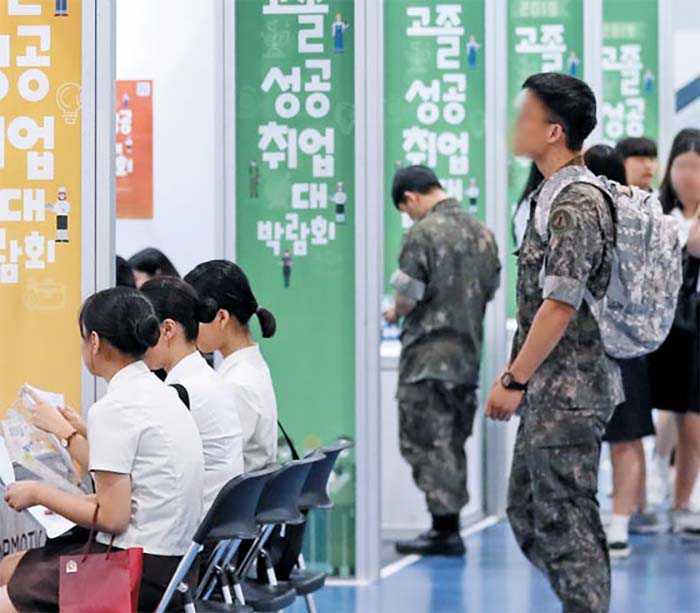Youth Job Growth Figures Largely an Illusion
07 July, 2019

Official job growth figures for young people are largely an illusion and conceal a decline in quality employment under a flood of part-time work.
When May employment figures were released on June 12, the government patted itself on the back by claiming that the number of young people in work increased for the ninth straight month.
Youth employment rose 1.2 percent or 46,000 on-year in May to 3.95 million. But that included many temporary jobs, even for just one hour a week.
In fact, the number of young people who work more than 36 hours a week declined 2.7 percent, while the number working less than 36 hours increased 17.1 percent. Those with minimal working hours of one to 17 a week increased 33.2 percent.
As a result, the average working week among young people fell from 40 hours to 38.3 hours over the past year, compared to the 41.3-hour average overall.
The segment with the biggest rate of growth were day laborers who are hired a month or even day at a time. In May, 244,000 young people were hired as day laborers, up 9.4 percent compared to a year earlier.
But manufacturing jobs, which are better paid, shrank 9.5 percent, and low-paid and low-skilled work in the food and lodging industry increased 11 percent.
Kim Tae-gi at Dankook University said, "Young people who were unable to find proper jobs are flocking to low-paying, temporary positions. It's hypocrisy for the government to say youth employment improved and praise itself when the increase is only in temporary jobs."
An increasing number of young people have given up looking for work altogether. In May, their number stood at 205,000, accounting for 38 percent of all "economically inactive" people in the country who are not employed and not looking for work.
That increase has skewed unemployment data, making it look as if the jobless rate among the demographic fell 0.6 percentage point on-year to 9.9 percent. This is because economically inactive people are removed from unemployment figures.
The real unemployment rate among young people actually rose one percentage point from a year earlier to a staggering 24.2 percent, the highest for May on record.
"The fact that more and more young Koreans are giving up looking for jobs shows that the economy is sputtering," said Sung Tae-yoon at Yonsei University. "The government needs to take the youth unemployment problem more seriously."
Source:
TAG(s):
